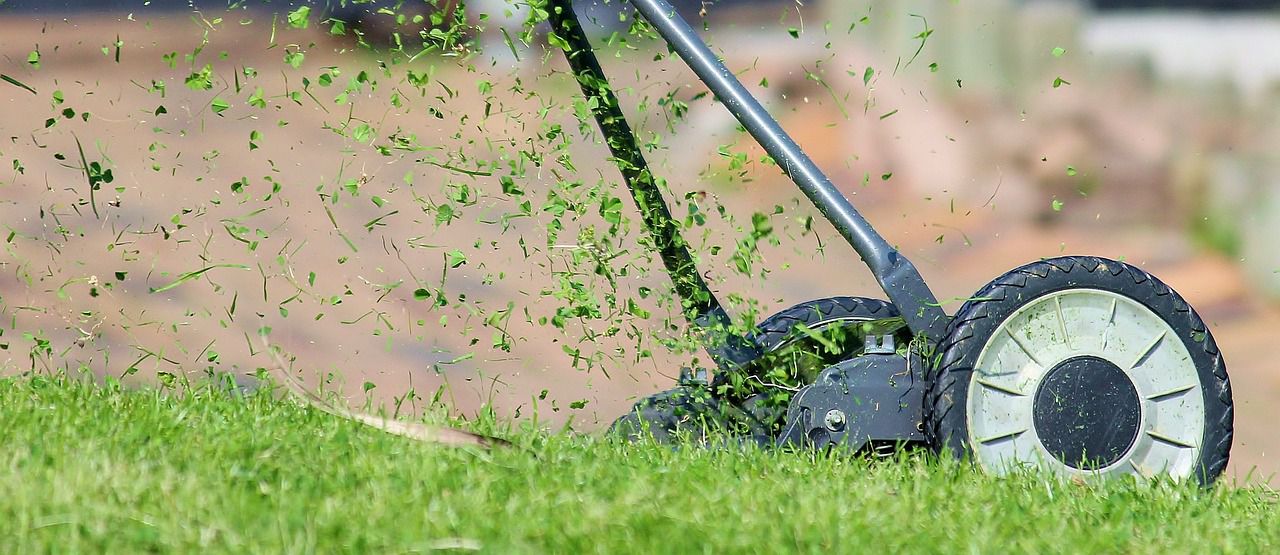If you are used to trimming your lawn regularly, then you probably know that it often becomes harder to do it in fall.
At the same time, you need to make sure your lawn is prepared for lower temperatures and rains.
Here are a few things about lawn mowing in fall.

Growth Rate
In many regions, grass growth slows down during the fall as temperatures cool.
If your lawn is experiencing minimal growth, mowing may not be necessary or as frequent as during the active growing season.
Leaf Accumulation
If your lawn becomes covered with a thick layer of leaves, it's advisable to remove them before mowing.
Leaves can hinder the cutting process and potentially suffocate the grass if left unattended.
Grass Height
If your grass has grown excessively tall or unevenly, it may be beneficial to mow it to an appropriate height.
However, avoid cutting the grass too short, as shorter grass blades are more vulnerable to winter stress and weed infestation.
Mulching Benefits
Mowing leaves into smaller pieces can provide natural mulch for the lawn, helping to enrich the soil and protect the grass during winter.
This technique, known as mulch mowing, can be advantageous if done properly and if the leaves are not too thick.
Lawn Cleanup
Fall can be a good time to tidy up your lawn by mowing and giving it a uniform appearance.
Additionally, removing fallen debris, such as sticks or branches, can prevent them from hindering future mowing or causing damage.











